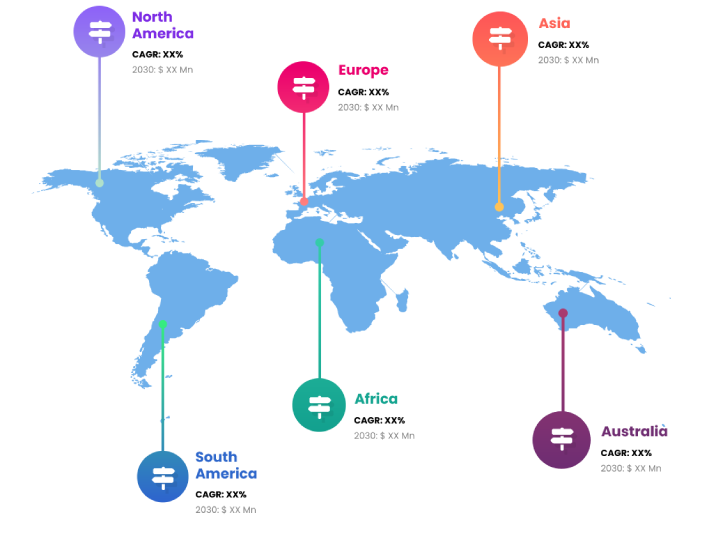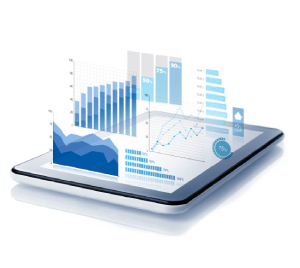
Reinforced fiber cement, or fiber cement, is a composite material that is commonly utilized in the construction industry. In most cases, it will have additives such as cellulosic material, fine silica (sand), and Portland cement. Its fire and impact resistance make it a popular choice for residential and commercial building components, including boards, panels, and siding. Cladding outer walls, dividing walls, ceilings, and other surfaces with their decorative qualities are other common uses for them. While fiber cement boards are commonly seen in residential structures, shopping centers, hotel lobbies, and tunnels, decorative fiber cement cladding is more commonly employed as a rain screen.
The eco-friendly building material known as fiber cement board is composed of cellulose fiber, sand, and Portland cement. A number of applications, including flooring, wall cladding, and pre-fabricated shelters, are fueling the expansion of the fiber cement board market. The main market trend is the widespread use of fiber cement boards in prefabricated buildings and shelters for various purposes, including walls, floors, roofs, shelves, and the frames of windows and doors. Fiber cement boards are in high demand on a global scale because to their low construction costs, ease of transportation, and low labor requirements.
In contrast to traditional building materials like mortar and bricks, fiber cement boards are safer for the environment and contain no harmful substances. Gypsum boards were the most used material for prefabricated houses. Changing temperature and climate can cause gypsum boards to expand and contract. A major factor propelling the worldwide demand for fiber cement boards is their resistance to moisture and weather, which makes them the superior choice over gypsum board when building pre-fabricated shelters. The current market trend is toward using fiber cement boards as outside wall cladding because of its structural strength and resistance to moisture. The versatility of fiber cement board as a cladding material for both residential and commercial buildings is another factor fueling its demand in international markets.
Due to the well-known health and safety concern that asbestos poses, approximately 55 nations throughout the world have partially banned asbestos products, according to the International Ban Asbestos Secretariat. Since asbestos and fiber cement are practically indistinguishable, producers have shifted their focus to fiber cement market products as a substitute for asbestos products, which are now subject to usage restrictions. Fiber cement performs better than asbestos in terms of environmental friendliness. That is the main reason why fiber cement has become so popular. Fiber cement utilizes recycled materials and reduces resource consumption, in contrast to regular cement's high water requirement. Utilizing materials that decrease water consumption is crucial in light of water emergencies in certain regions of the globe. Fiber cement board market development is likely to be much more pronounced due to the ban on asbestos goods. Also expected to pave the way for market expansion are the increasing building activities and infrastructure development. The growth rate of the fiber cement board market will be further accelerated by the increasing speed of industrialization, rising disposable incomes of individuals, and improving living standards. The market value will also rise due to the easy availability of raw resources.
When compared to less costly options like vinyl boards, fiber cement board is significantly more costly to install during construction. There will be obstacles to the expansion of the fiber cement board industry due to the high installation costs of fiber cement products and the rising price volatility of raw materials. Market share, trade regulations, import-export data, production efficiencies, value chain optimization, opportunities in terms of new revenue streams, market size, category growth, application niches and dominance, product approvals, product launches, geographic expansions, technological innovations, and changes in market regulations are all covered in this report on the global fiber cement board market.
Due to its well-known health and safety concern, approximately 55 countries worldwide have imposed a partial ban on asbestos products, according to the International Ban Asbestos Secretariat. Because of regulations imposed on asbestos products, companies have begun marketing fiber cement products as a substitute. This is because asbestos and fiber cement are quite similar. Fiber cement performs better than asbestos in terms of environmental friendliness. That is the main reason why fiber cement has become so popular. Fiber cement utilizes recycled materials and reduces resource consumption, in contrast to regular cement's high water requirement. Utilizing materials that decrease water consumption is crucial in light of water emergencies in certain regions of the globe. The fiber cement board industry is expected to experience a CAGR of growth due to the asbestos product prohibition.
Also expected to fuel the market's expansion are increasing building activities and infrastructure development. Fiber cement board market growth will be further accelerated by rising living standards, disposable incomes, and the rate of industrialization. Raw materials will be easily accessible, which will contribute to the growth of the market.
Report Coverage
Global Fiber Cement Board research report categorizes the market for global based on various segments and regions, forecasts revenue growth, and analyzes trends in each submarket. Global Fiber Cement Board report analyses the key growth drivers, opportunities, and challenges influencing the global market. Recent market developments and Fiber Cement Board competitive strategies such as expansion, product launch and development, partnership, merger, and acquisition have been included to draw the competitive landscape in the market. The report strategically identifies and profiles the key Fiber Cement Board market players and analyses their core competencies in each global market sub-segments.
| REPORT ATTRIBUTES | DETAILS |
|---|---|
| Study Period | 2017-2031 |
| Base Year | 2023 |
| Forecast Period | 2023-2031 |
| Historical Period | 2017-2021 |
| Unit | Value (USD Billion) |
| Key Companies Profiled | James Hardie Europe GmbH (Australia), Etex Group (Belgium), Cembrit Holding A/S (Denmark), SHERA (Thailand), Soben International (Asia Pacific), SCG (Thailand), Biele Group (Spain), LATONIT (Russia), NICHIHA (Japan), Everest Industries Ltd (India), Toray Industries Inc. (Japan), Allura (U.S.), CSR Limited (Australia), Etex Group (Belgium), Toray Industries Inc. (Japan), American Fiber Cement Corporation (U.S.) |
| Segments Covered | • By Product |
| Customization Scope | Free report customization (equivalent to up to 3 analyst working days) with purchase. Addition or alteration to country, regional & segment scope |
Key Points Covered in the Report
- Market Revenue of Fiber Cement Board Market from 2021 to 2031.
- Market Forecast for Fiber Cement Board Market from 2021 to 2031.
- Regional Market Share and Revenue from 2021 to 2031.
- Country Market share within region from 2021 to 2031.
- Key Type and Application Revenue and forecast.
- Company Market Share Analysis, Fiber Cement Board competitive scenario, ranking, and detailed company
profiles. - Market driver, restraints, and detailed COVID-19 impact on Fiber Cement Board
Market
Competitive Environment:
The research provides an accurate study of the major organisations and companies operating in the global Fiber Cement Board market, along with a comparative evaluation based on their product portfolios, corporate summaries, geographic reach, business plans, Fiber Cement Board market shares in specific segments, and SWOT analyses. A detailed analysis of the firms' recent news and developments, such as product development, inventions, joint ventures, partnerships, mergers and acquisitions, strategic alliances, and other activities, is also included in the study. This makes it possible to assess the level of market competition as a whole.
List of Major Market Participants
James Hardie Europe GmbH (Australia), Etex Group (Belgium), Cembrit Holding A/S (Denmark), SHERA (Thailand), Soben International (Asia Pacific), SCG (Thailand), Biele Group (Spain), LATONIT (Russia), NICHIHA (Japan), Everest Industries Ltd (India), Toray Industries Inc. (Japan), Allura (U.S.), CSR Limited (Australia), Etex Group (Belgium), Toray Industries Inc. (Japan), American Fiber Cement Corporation (U.S.)
Primary Target Market
- Market Players of Fiber Cement Board
- Investors
- End-users
- Government Authorities
- Consulting And Research Firm
- Venture capitalists
- Third-party knowledge providers
- Value-Added Resellers (VARs)
Market Segment:
This study forecasts global, regional, and country revenue from 2019 to 2031. INFINITIVE DATA EXPERT has segmented the global Fiber Cement Board market based on the below-mentioned segments:
Global Fiber Cement Board Market, By Type
High density fiber cement board
Medium density fiber cement board
Low density fiber cement board
Global Fiber Cement Board market, By Application
Furniture
Flooring
Wall cladding and panels
Pre-fabricated shelters
Others
Global Fiber Cement Board Market, By End User
Commercial
Residential
Global Fiber Cement Board market, Regional Analysis
- Europe: Germany, Uk, France, Italy, Spain, Russia, Rest of Europe
- The Asia Pacific: China,Japan,India,South Korea,Australia,Rest of Asia Pacific
- South America: Brazil, Argentina, Rest of South America
- Middle East & Africa: UAE, Saudi Arabia, Qatar, South Africa, Rest of Middle East & Africa
You will get in-depth and extensive fiber cement board market market research and competitor analysis for your business to help you develop more profound insights into the fiber cement board market Market.
Through INFINITIVE Data Expert is a professional Market Research services, I will identify the fiber cement board market market size, demand & opportunities, growth rate, and target audience with a comprehensive analysis of your competitors.



